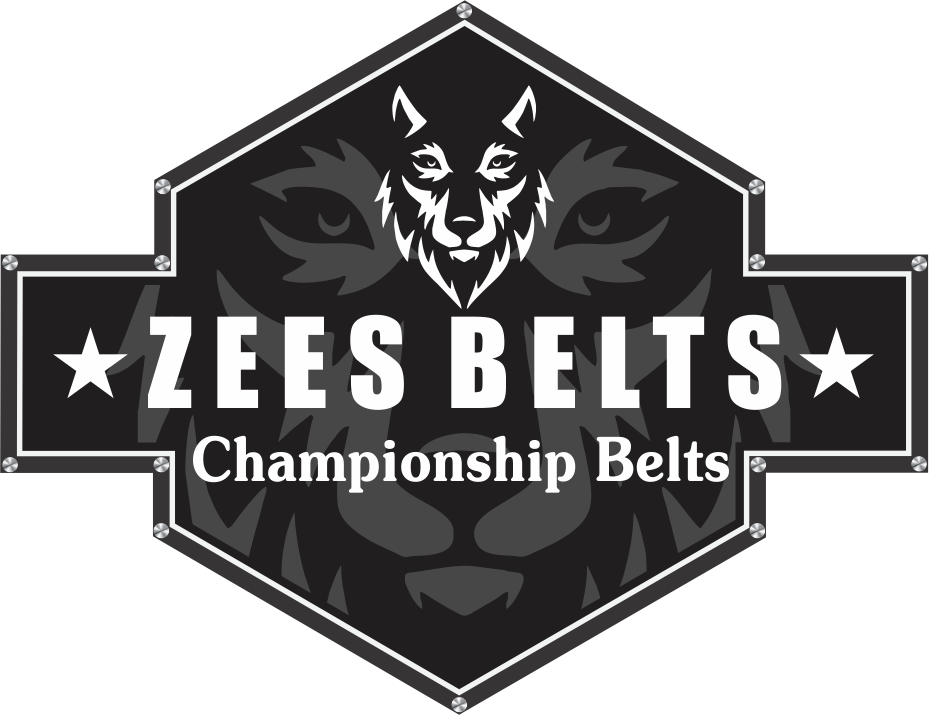Introduction
Professional wrestling is as much about the spectacle as it is about the competition. One of the most recognizable symbols in wrestling is the championship belt—a physical representation of glory, hard work, and dominance. Over the years, certain belts have stood out more than others, becoming legendary in the eyes of fans. In this blog, we’ll take a look at some of the most iconic championship belts in wrestling history. Whether you're a longtime fan or new to the sport, these belts have shaped wrestling’s legacy.
The Winged Eagle WWE Championship (1988-1998)
When talking about iconic wrestling belts, the Winged Eagle WWE Championship always comes up. Introduced in 1988, this design featured a majestic eagle spreading its wings across the top of the belt, giving it a regal and prestigious look.
Wrestlers like Hulk Hogan, Bret Hart, and Shawn Michaels held this title during its peak, making it synonymous with the golden era of WWE. The Winged Eagle wasn’t just a belt—it was a symbol of excellence. Even today, fans and wrestlers consider it one of the best designs in history.
The Big Gold Belt (WCW World Heavyweight Championship)
Before WWE bought WCW, the Big Gold Belt was the most prestigious title in professional wrestling. First introduced in 1986 by the NWA, this belt later became the centerpiece of WCW.
With its intricate gold plating and bold design, the Big Gold Belt looked like a true world championship. Legends like Ric Flair, Sting, and Goldberg carried this title, making it one of the most respected belts ever. Even after WCW closed, WWE brought it back as the World Heavyweight Championship, proving its lasting appeal.
The Attitude Era WWE Championship (1998-2002)
The Attitude Era WWE Championship was a complete shift from the Winged Eagle. Introduced in 1998, this belt had a bolder, more modern look with a large WWE logo at the center.
This design represented the edgy, rebellious nature of WWE during the Monday Night Wars. Superstars like Stone Cold Steve Austin, The Rock, and Triple H made this belt legendary. Its simplicity and connection to one of wrestling’s most exciting eras make it unforgettable.
The Undisputed WWE Championship (2002-2005)
After WWE bought WCW and ECW, they unified the WWE and World Heavyweight Championships into the Undisputed WWE Championship. This belt combined elements of the Winged Eagle and the Attitude Era designs, creating a sleek, prestigious look.
Carried by legends like Brock Lesnar, Kurt Angle, and Eddie Guerrero, this belt represented WWE’s dominance in wrestling. Though it was short-lived, its impact was huge.
The IWGP Heavyweight Championship (New Japan Pro-Wrestling)
Outside of WWE, the IWGP Heavyweight Championship is one of the most respected titles in wrestling. Known for its classic design and rich history, this belt has been held by legends like Hiroshi Tanahashi, Kazuchika Okada, and Kenny Omega.
The IWGP title represents the best of strong-style wrestling and remains a dream belt for many wrestlers worldwide.
The ECW World Heavyweight Championship
Extreme Championship Wrestling (ECW) was known for its hardcore style, and its championship belt reflected that attitude. The ECW World Heavyweight Championship had a rugged, no-nonsense design, much like the promotion itself.
Wrestlers like Shane Douglas, Taz, and Tommy Dreamer fought hard to hold this title, making it a symbol of toughness and rebellion.
Conclusion
Championship belts are more than just props—they’re symbols of legacy, hard work, and unforgettable moments in wrestling history. From the classic Winged Eagle to the rebellious Attitude Era belt, each design tells a story.
